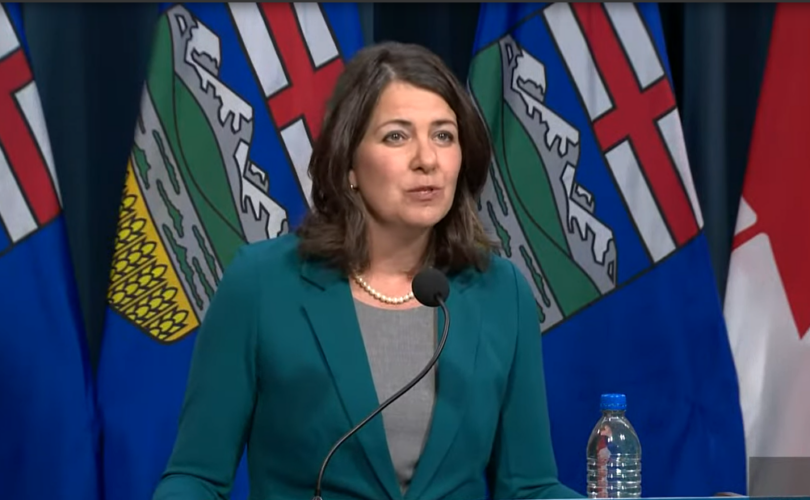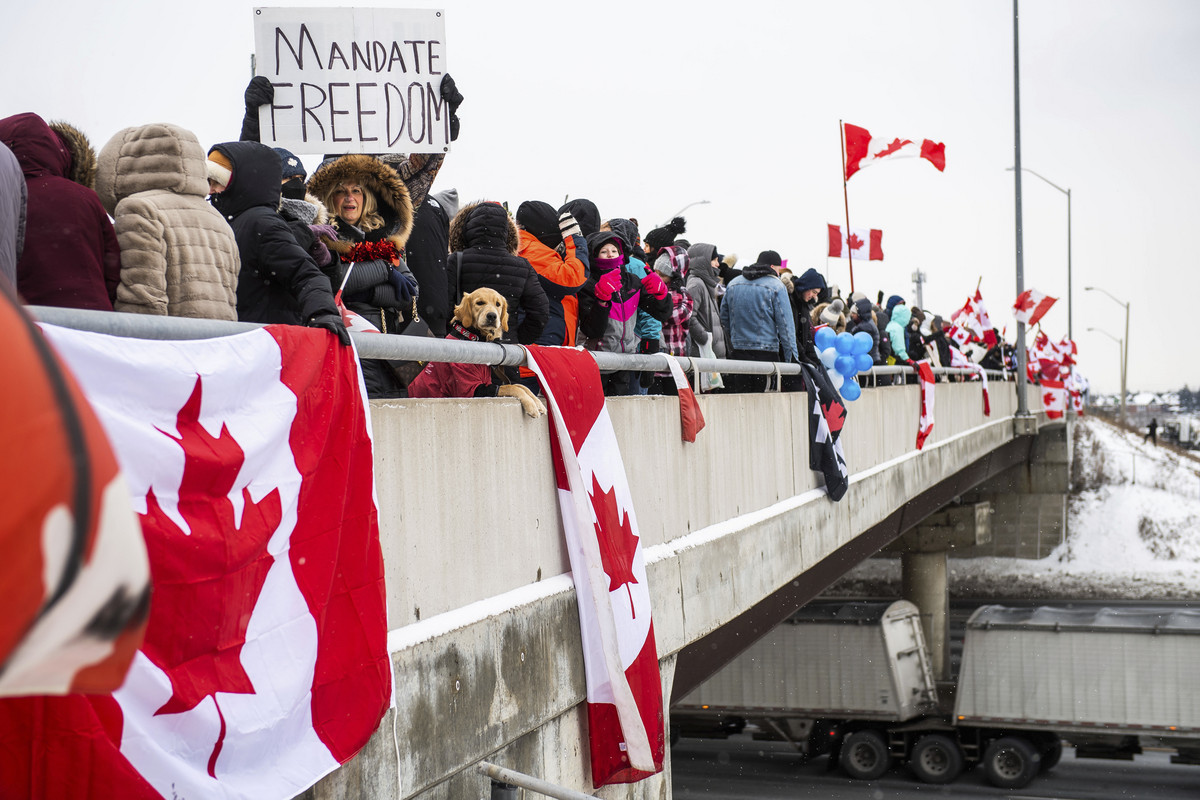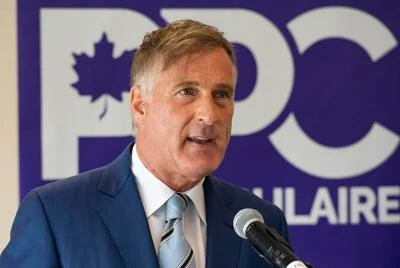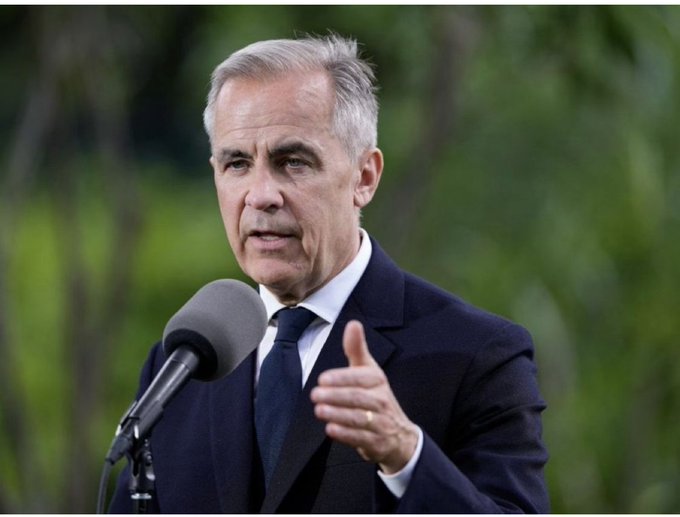In a recent revelation, Alberta Premier Danielle Smith boldly asserts that the predominant catalyst behind the province’s staggering wildfire occurrences is human activity, not the much-debated “climate change.”
Unveiling the Human Spark: A Glimpse into Wildfire Origins
During an exclusive interview with CTV News on August 14, Smith delved into the heart of the matter. When probed about the potential influence of climate change on the unusually fervent wildfire season in Alberta this year, she steadfastly highlighted a compelling statistic: out of the 650 wildfires that have ravaged the province, a staggering 500 of them have been ignited by human actions.
“I have a simple fact to share about our province,” Smith emphasized, “Out of the 650 fires we’ve faced, a significant 500 can be traced back to human activities. This underscores the need for heightened caution during dry spells and the forest fire season. Any ignition during these conditions can spell catastrophic consequences.”
Undeterred by the initial response, CTV News’ Omar Sachedina probed further, seeking a connection between climate change and the ongoing wildfire surge.
Interweaving Factors: Climate Change and the Eternal Wildfire Season
Smith’s response exhibited a firm grounding in her province’s reality. “The wildfire season is an annual recurrence,” she firmly stated, “It’s a pattern that we must anticipate year after year. Our responsibility is two-fold: educating the public about their role in fire causation while also pursuing a separate avenue to achieve a 2050 emissions reduction target.”
The probing questions mirror the ongoing discourse, as Smith recently announced Alberta’s rejection of the Trudeau government’s proposed net-zero regulations scheduled for 2035.
Smith’s vehement stance is elucidated in a recent statement where she firmly asserts, “The draft federal 2035 net-zero power grid regulations not only transgress constitutional boundaries but also stand contrary to Alberta’s emissions reduction and energy development blueprint that aligns with achieving a carbon-neutral power grid by 2050.”
Elaborating further, she warns of the potential repercussions, asserting that the proposed regulations could undermine the stability of Alberta’s power grid and trigger substantial surges in power bills for Albertans.
This sentiment reverberates in neighboring Saskatchewan, where Premier Scott Moe echoed the rejection of the plan to transition to “clean electricity,” placing the welfare of Saskatchewan’s populace at the forefront.
Navigating the Path Ahead: Trudeau’s Environmental Pursuits
The Trudeau government’s environmental ambitions, intricately aligned with the United Nations’ “2030 Agenda for Sustainable Development,” encompass the gradual phasing out of coal-fired power plants, reduction in fertilizer usage, and curbing of natural gas consumption over the impending decades.
However, a resolute shift away from fossil fuels and towards less reliable “green” energy is championed by the World Economic Forum (WEF), a globalist entity instrumental in shaping the socialist “Great Reset” agenda. Notably, individuals within Trudeau’s cabinet are linked with the WEF, lending credence to the alignment of these pursuits.
While Trudeau’s sustainability narrative is compelling, his intent to curtail nitrous oxide emissions via fertilizer usage limitations faces criticism from farmers who anticipate diminishing profits and potential food scarcity as repercussions.
Unraveling the Financial Impact: Clean Fuel Regulations and Economic Strain
Amidst these discussions, apprehensions arise concerning the impending “clean fuel” regulations set to roll out next year. Experts caution that these regulations, while environmentally driven, could amplify the financial burden for Canadian workers already grappling with decades-high inflation rates. The projected average additional cost per worker annually is estimated at $1,277, compounding the economic challenges faced by many.
Inquisitive Culprits: Fires, Climate, and Arson
In recent months, a narrative attributing the rampant fires to climate change has been propagated by the Trudeau government and mainstream media, paving the way for stringent regulations on natural resources.
However, a contrasting narrative emerges with the apprehension and apprehension of arsonists by the Royal Canadian Mounted Police (RCMP). These individuals stand charged with intentionally sparking fires across various provinces, including Yukon, British Columbia, and Alberta.
Quebec presents a perplexing scenario, as satellite imagery unveils simultaneous fire outbreaks across the province, raising concerns of a coordinated arson effort.
Smith, in her commitment to uncover the enigma, pledged to enlist external arson investigators to probe the origins of approximately 175 wildfires that have engulfed vast expanses of the province, shrouded in a mystery of unknown causes.
Charting a New Trajectory: Understanding Wildfires Beyond Climate Rhetoric
As Alberta’s landscape continues to be consumed by flames, the discourse expands beyond the confines of climate change to embrace the intricate interplay of human actions, environmental goals, and economic implications. The ongoing struggle to decipher the origins of wildfires is emblematic of a larger narrative, one that underscores the need for a multifaceted approach to preserving the province’s natural heritage.










